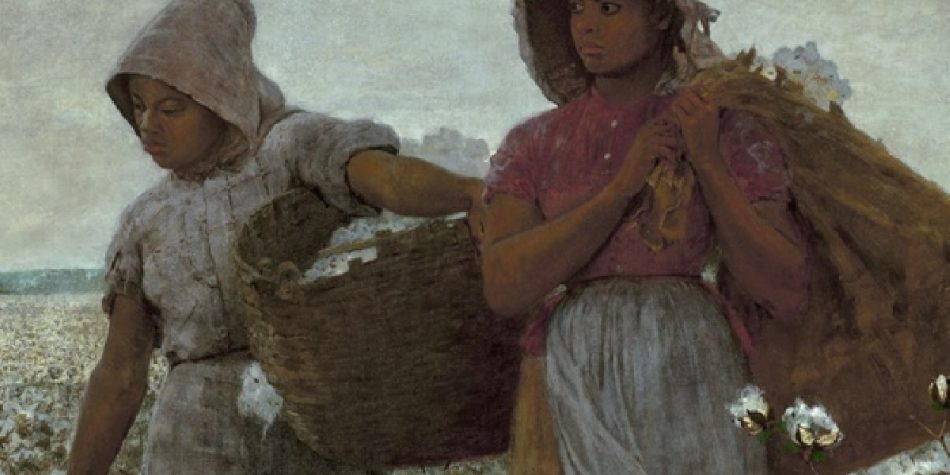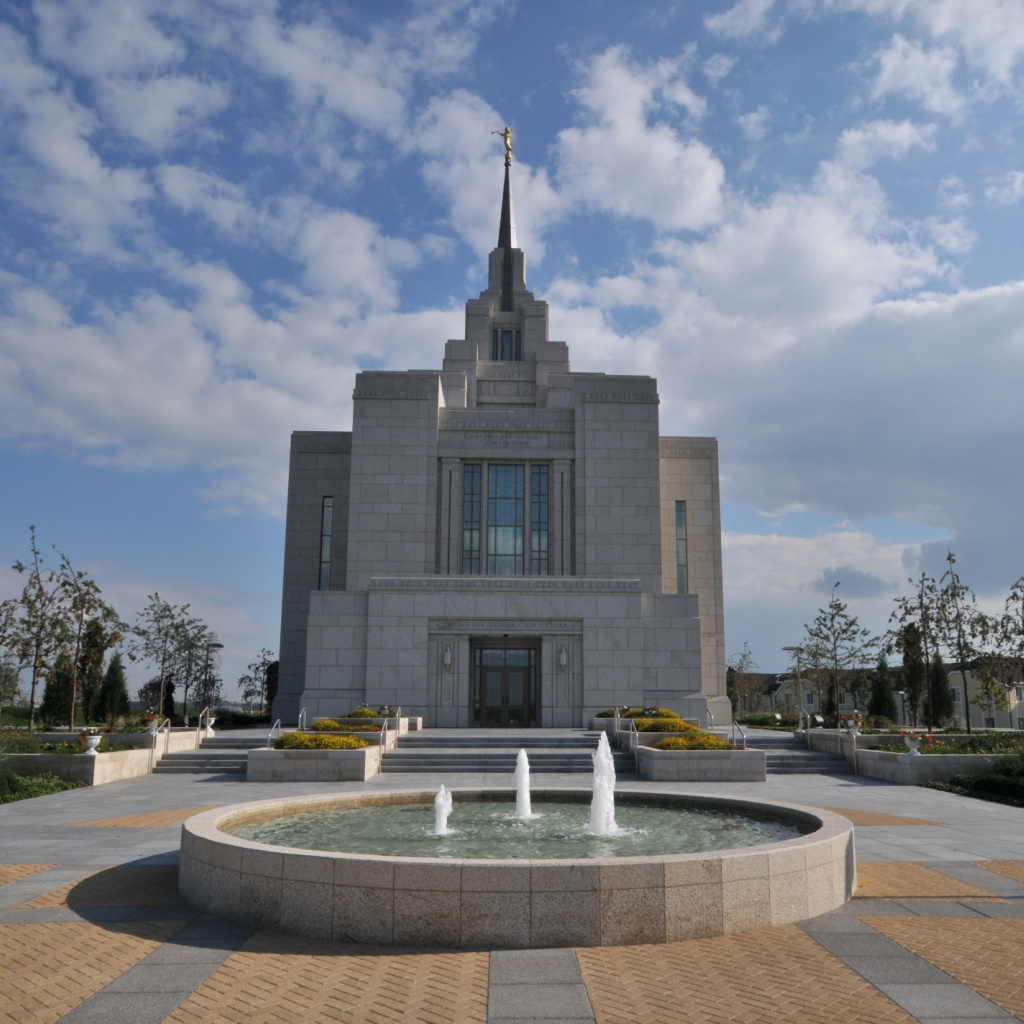A recent Public Square piece entitled “Critical Race Theory and the Gospel of Jesus” rejected a book being used at BYU as problematic. It’s the popular volume, How to Be an Anti-racist, by Ibram X. Kendi. I think attempts by some critics to rebut Critical Race Theory (CRT) are unfortunate. My humble opinion is that we would do well to think deeply about racist aspects of American culture, see those that are inappropriate, and think through whether critical attitudes against Kendi or Blacks as a whole are motivating our objections.
Unfortunately, even recently, on May 19, 2021, Utah legislators met to determine how they can ban CRT from public education in Utah. A hundred percent of Republicans voted to reject CRT, most being unable to articulate what it even might be. But they don’t want Utah’s children exposed to such “dangerous views.” It’s a travesty.
The case for CRT in Utah. CRT has been around in education circles since the 1980s. However, it seems Republicans only realized it was widespread in scholarly academia recently. But as they perhaps imagined all the fears it would promote, it is finally heating up among Republicans everywhere as ignorance about racism grows within Right-wing groups. It appears that these recent concerns were started by secret emails fomenting the view that Marxists are actually taking over our country. (Yes, the lies never die.) We’ve seen it before in American history by extremist conservative groups like the KKK, John Birch Society, Moral Majority, the Tea Party movement, Silent Majority, Minuteman Project, Neo-Nazis, Posse Comitatus, and recent groups like the Oath Keepers, Three Percent Militia, Proud Boys, and their many associates.
Also, CRT may challenge the long history of pro-white views from politicians like Barry Goldwater, Joe McCarthy, George Wallace, Pat Buchanan, Pat Robertson, Jerry Falwell and family, former politicians like Dick Armey and his FreedomWorks, Newt Gingrich, Rudy Giuliani, wealthy Republican extremists like David and Charles Koch, along with today’s professional polarizers like Glenn Beck, Lou Dobbs, Fox’ stable of extremists, and more. Of course, Donald Trump’s ignorance regarding race was the primary instigator in the 2000s when he condemned the Central Park Five who were late exonerated, Barack Obama’s “true” birthplace in Kenya, and his thousands of assertions (lies) about racism, having at least one Black friend, and so forth.
CRT’s “dangerous” educational ideas include discussing civil rights, oppression, institutionalized discrimination, white supremacy, structural inequality, diversity training, white privilege, and more. You know, the concepts taught in thousands of educational courses to millions of children for decades. Suddenly, they have inexplicably become a threat to future generations.
Thus, today’s GOP paranoia extends to CRT, the 1619 Project, and other worries that likewise many white supremacists fear. Apparently many Utahns got the secret message to publicly attack Utah educators about these “dangerous” concepts in recent weeks. So they pressured Utah legislators who were already getting messages from the Heritage Foundation to hold hearings to reject such concepts. Other states that passed such bans on CRT used essentially the same wording as they were instructed. For example, such manipulations apparently inspired Sen. Tom Cotton, Republican of Arkansas, to introduce a bill to ban CRT teaching in our military because it must be “racist.” That was followed by Florida’s radical Gov., Ron DeSantis, who outlawed it from public schools to “protect” that state’s children. Adding fuel to a fire is the chief strategy for many political extremists.
Of course, Utah’s chief sponsor against CRT, Republican Sen. Lincoln Fillmore, acknowledged that he was not even able to define critical race theory, only that it was dangerous. More states will no doubt continue to pursue such policies in order to herd their university and public school leaders into rejecting the realities of race in teaching U.S. history.
But why pursue such a course? As reflecting throughout much of America’s past, adding fuel to a fire is the chief strategy for many political extremists. More progressive Utah educators can object all they want, but recalcitrant politicians will usually prevail. “Dangerous” concepts like the history of systemic racism since our early pilgrim days, the civil rights era of the 1960’s, today’s realities of inequity, and the lack of inclusion in American, are all factors some leaders seek to ignore.
Beyond the subversive counters to critical theory from the Heritage Foundation are more recent groups seeking to distort the usefulness of CRT. One is CriticalRace.org, a website that describes itself as a “free resource for parents and students concerned about the negative impact critical race training has on education.” Manipulation by extremists always offer “free” products. It’s backed by a group called the Legal Insurrection Foundation. Apparently the January 6 insurrection on the U. S. Capitol was not sufficiently painful to our democracy.
To me it’s worth noting that when Mr. Trump heard about CRT and the Pulitzer Prize-winning New York Times “1619 Project,” in fear he forced such materials from all education policies and programs in America that he could. Thank goodness, after Joe Biden swept the 2020 presidential election, he re-inserted them back into our national education system to encourage a more open assessment of race in the United States.
But apparently the radical concept of free speech is not yet acceptable in Utah and other places where the people who are being gagged only seek racial understanding and justice.
The case for CRT at BYU. Likewise, in my view, certain BYU faculty, students, and administrators have successfully combated efforts to create a more just campus community for decades. In contrast, I’m one who for 37 years as a BYU academic, and a decade more before and since, has lobbied top campus bureaucrats on numerous occasions, while at the same time seeking to recruit young people from Africa, the U.S., and beyond accepted as admitted students. The challenge was always great, although BYU athletics departments have gradually opened up a bit because they had such a pressing need for better athletes to enhance their prowess, especially in football, basketball, and track.
But generally, BYU’s resistance to this kind of advocacy has never ended. Some of my favorite students have included the first Somalian I recruited to campus in the 1970s, a devoted practitioner of Islam. Through the decades, I’ve mentored him, along with dozens of other Black students from other African nations and the racist South, who admitted struggling often in BYU classrooms, dorms, apartments, and church meetings. Some were LDS. Most were not. Some joined the LDS Church. Many did not. Nearly all were amazing human beings. But unfortunately, quite a few of them experienced benign racism on BYU’s campus in multiple forms. Occasionally we organized campus teach-ins, proposed changes to deans and department chairs to try and reduce racist campus policies, and so forth. Yet little ever changed on a fundamental level.
As with the authors of this opinion piece, there was always ample justification for demurring. You know some of the claims, for example, that such demands for justice somehow injure the Church of Jesus Christ itself. That confronting whites on campus and in Provo would hurt people’s feelings, including perhaps offending God. The recent declarations by First Presidency members that we repent of our biases toward God’s Black children seem, to a degree, to have fallen on many deaf ears and troubled too many Latter-day Saints.
I rejoiced when campus innovators eventually approved the requests through many years to allow a Committee on Race, Equity & Belonging (CoREB) to carry out a 63-page study that was released in February 2021. Students’ reported experiences and their speaking out took honesty and courage. And collectively, the data reveal more clarity about campus life. Yet apparently, from my campus sources, there are some officials now dismayed at the result. Are they concerned that after years of overlooking or denying such problems, research containing nearly 20,000 observations about how minorities are treated on campus has brought some painful clarity?
The Public Square authors who reject Critical Race Theory argue that “The rise of mandatory diversity training, bias reporting, and bureaucracies devoted to enforcing ideological conformity has made it a permanent and stifling presence on campuses and in businesses across the country.” They suggest that those who speak out against these reforms “may even lose their jobs.” I argue the opposite: That it’s dangerous to acquiesce and defend white managers who are dismissive of these matters, even to the point of coddling those who mistreat others because of skin color. Rational executives know it’s important to discipline or even expel those who hate and mistreat minority organizational members. Thank goodness, BYU scholars in the Department of Management, OB-HR, and the Marriott School have taught courses on diversity, anti-discrimination in business, women in management, and multiple and diversity training programs to thousands of LDS students who graduated and then worked to reduce corporate oppression of minorities in Fortune 500 corporations since 1978.
Meanwhile, voices promoting Kendi and his book, How to Be an Anti-racist, are perceived by some folks as antithetical to the gospel. Naïve assumptions that only shifts in the human heart can change racist communities are clearly fallacious. Redesigning organizational structures to obliterate the exploitation of Black, Brown, Asian and other oppressed groups in American society are necessary elements for building real social justice. As many observers know, the Church of Jesus Christ, by its very nature, builds and uses organizations to enhance religious faith whether through congregations, quorums, and hundreds of additional institutions established to foster belief and commitment. As these authors point out, important moral truths still of course exist. But that’s the beginning, not the end. To ingeniously hope that by merely and exclusively focusing on faith in Christ societal norms will be altered is unfounded. As most historians would show, there are a few thousand years of convincing evidence to the contrary. Somewhere, we even have a phrase: “Faith without works is dead.”
Our nation has too often justified its exploitation of the poor.
Despite its inspired mission, subtle or more explicit racism that tends to disadvantage Black students has been baked into some of BYU’s policies, procedures, and administrators since 1875. Of course, that’s a much shorter time than the 450 years of America’s wretched enslavement of Africans over the centuries. Whether the rationale is that Blacks needed good plantation jobs, or that white universities sought and benefitted from productive slave labor on America’s large colonial farms, our nation has too often justified its exploitation of the poor through distorted religious lenses. I’m afraid some BYU folks have perhaps held parallel views to a degree in their own biases and religious proclivities. In 2021, it’s way past time to counter systemic racism with new, better societal institutions for justice in America, in the Church of Jesus Christ, and at Brigham Young University.
In my work as a professor at BYU and at other institutions of higher education, I generally sought to have a healthy approach for discourse and debate. I hope that can be true on this issue too, with those who may see this differently. Within campus, the Church, or the larger United States, I hope dialogue will increasingly consist of robust and spirited disagreement, between those who otherwise respect one another.
















